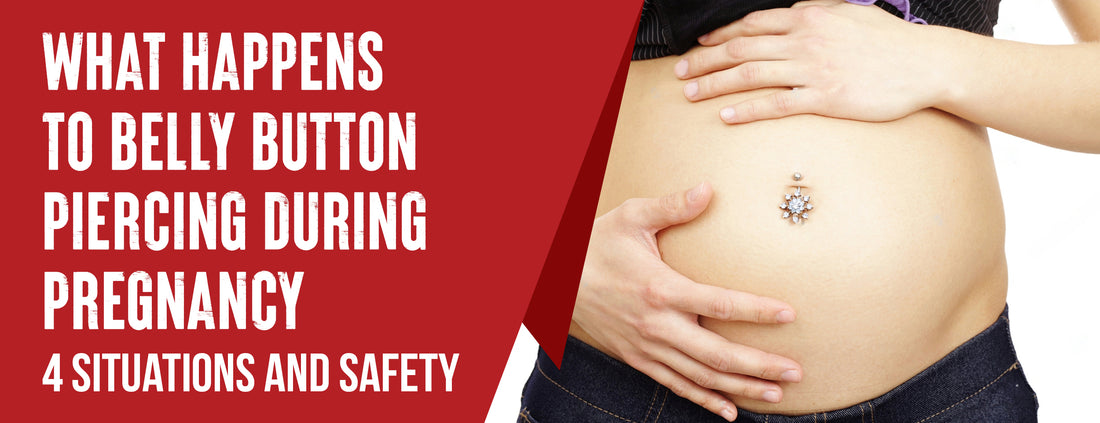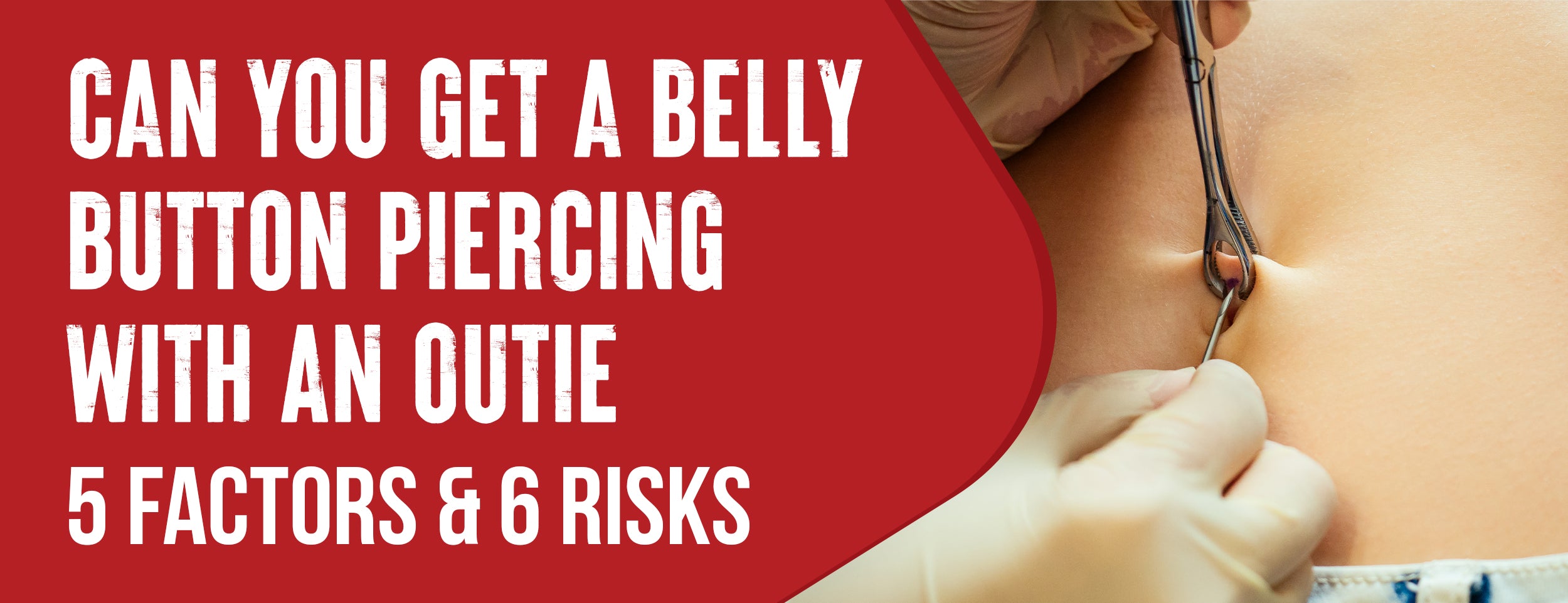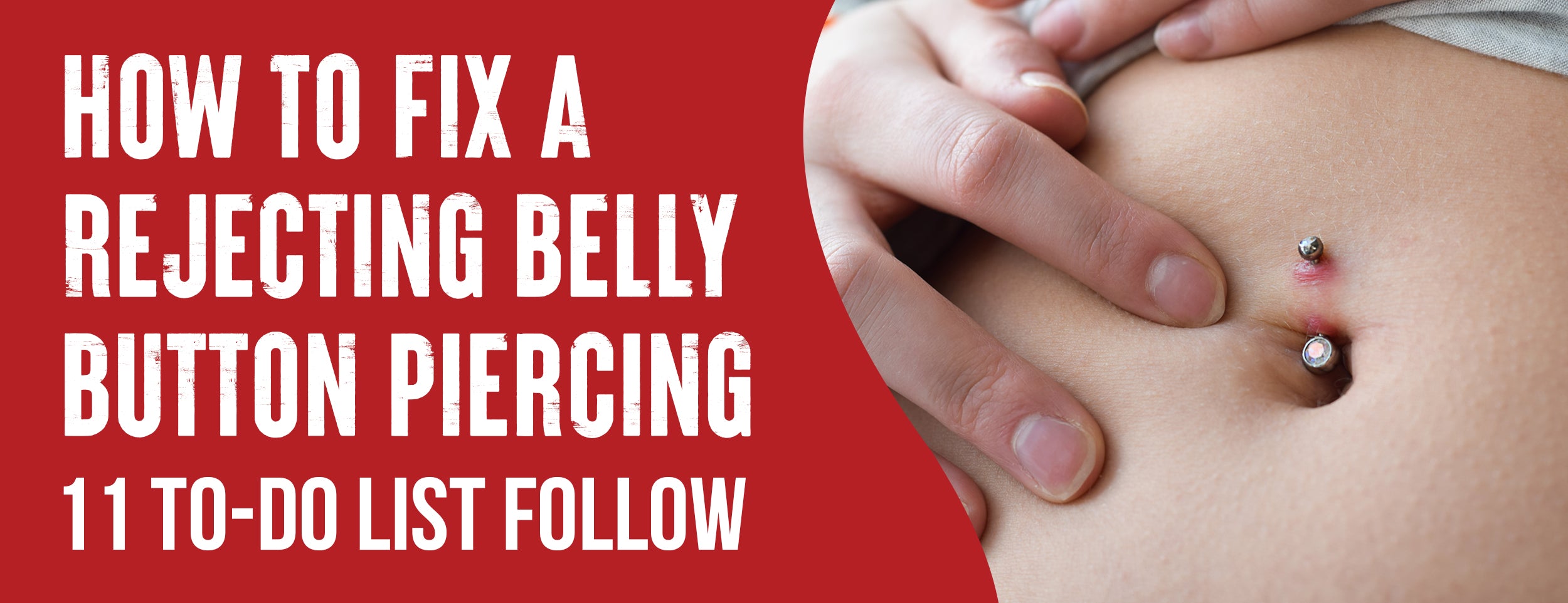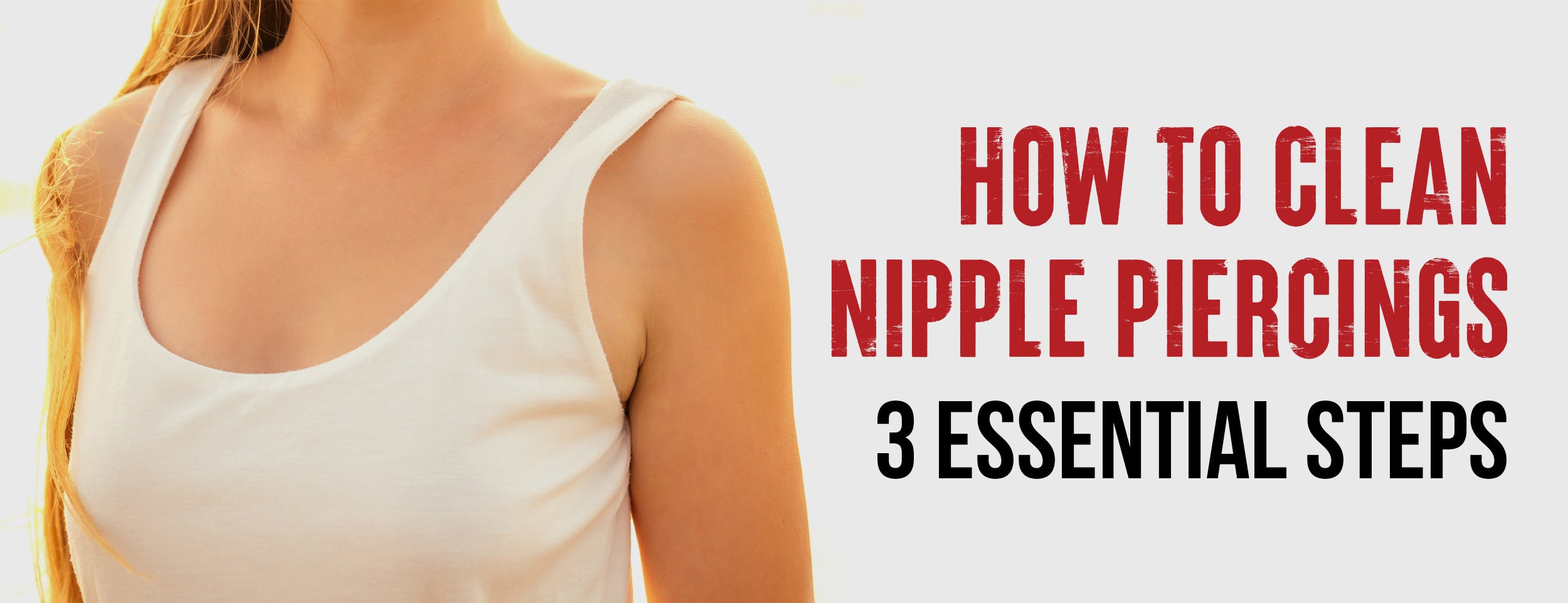The immune system is weakened during pregnancy. Your growing fetus shares everything with you during pregnancy, including oxygen, nutrients, and bacteria. When you receive a piercing during pregnancy, there is a risk of transferring bacteria to your baby.
During pregnancy, keeping your belly button piercing may cause discomfort as your abdomen expands to accommodate the baby. The piercing may tug on the skin, leading to soreness, redness, and small tears around the navel.
In this article, we will explore the Impacts and Safe Practices for Belly Button Piercing During Pregnancy.
What Happens To Belly Button Piercing During Pregnancy: 4 Situations

Pregnancy propels your body into a fascinating journey of transformations; your belly button is no exception. Some of these changes can indeed affect the belly button piercing during pregnancy. Let's delve into this subject and answer some of your queries.
The Abdominal Evolution
During pregnancy, your body undergoes myriad physical changes, with significant alterations in the abdominal area. Here are a few worth noting:

- Blooming Belly: As the baby grows, your belly expands to accommodate it. This growth can occasionally cause the belly button to protrude, transforming an "innie" into an "outie."
- Stretch Marks: With the skin stretching to keep up with the expanding belly, it isn't uncommon to find stretch marks around the belly button region.
- Color Change: A dark line, or linea, may appear vertically on your belly. This change can even affect the color around your belly button.
The Belly Button Piercing Controversy
If you have a belly button piercing, you might wonder how these changes will affect it. Let's explore:
- Piercing Stretch: As your belly grows, the skin around your piercing stretches. This can lead to discomfort, and the piercing hole can enlarge in some situations.
- Allergic Reactions: Hormonal changes may make your skin more sensitive. If redness, swelling, or discharge from your piercing site, consider removing the jewelry to prevent further complications.
Changes in Your Belly Button Piercing During Pregnancy
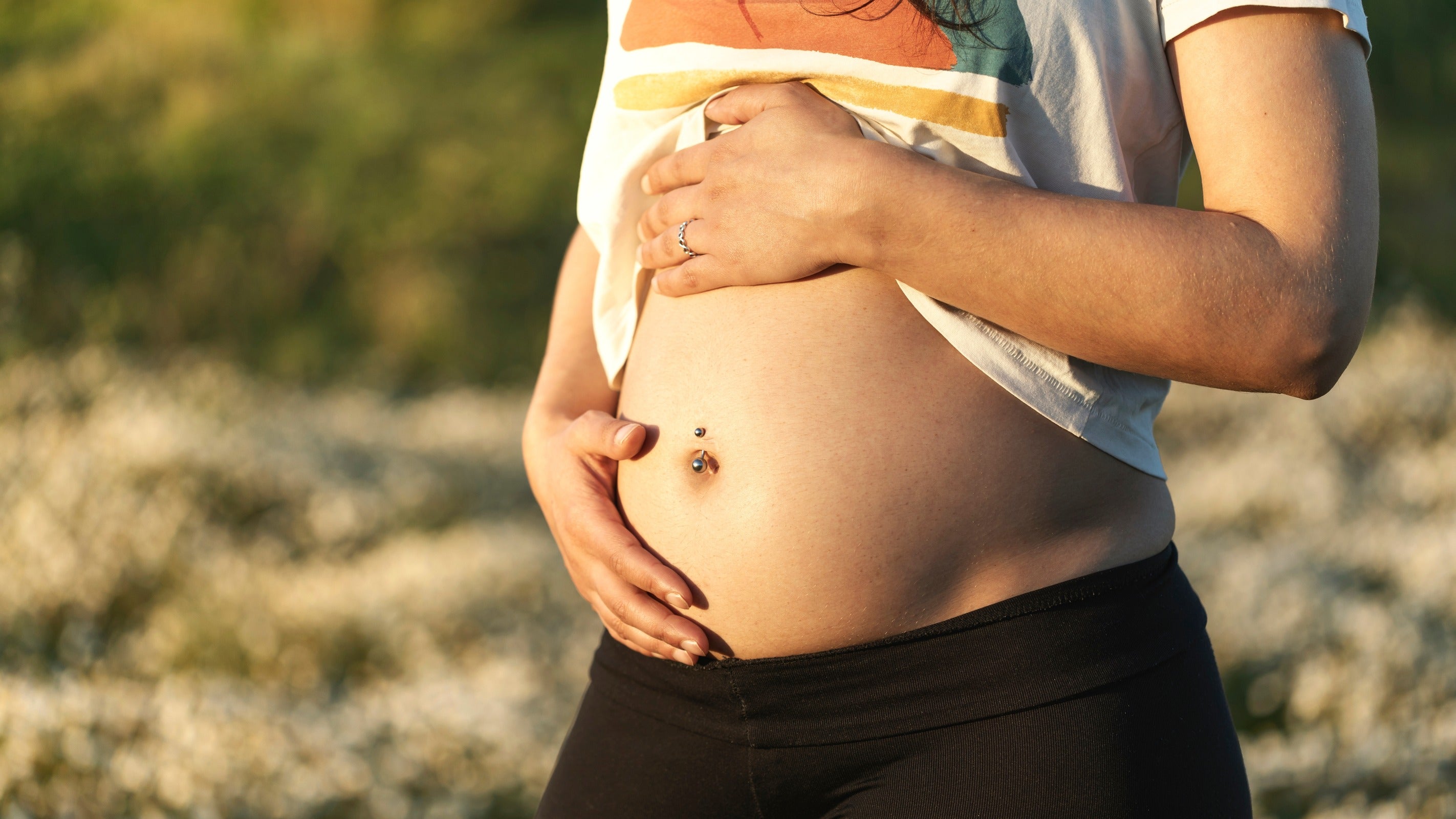
- Stretching and Distortion: As the belly expands, the skin around the piercing may stretch. This can lead to distortion of the piercing hole or even migration of the piercing.
- Sensitivity and Discomfort: Increased blood flow and hormonal changes during pregnancy make your skin more sensitive. This means that belly button piercings may feel uncomfortable or even painful.
- Risk of Infection: Pregnancy weakens your immune system, increasing the risk of infection in pierced areas.
Professional Opinions and Personal Testimonies
Medical professionals and piercing experts often have valuable insights into this topic. They recommend removing the piercing during pregnancy. Here are some personal experiences shared by moms who've been there:

- Keep the Piercing or Not: Some women choose to remove their belly button piercings for the entirety of their pregnancy, while others opt for a flexible, pregnancy-safe piercing bar.
- Stretching and healing: Everybody is different. Some women find their piercings return to normal after pregnancy, while others experience permanent stretching.
- Remember Comfort: The overall comfort during pregnancy should be a priority. If a piercing is causing discomfort, it might be best to remove it temporarily.
Belly Button Piercings During Pregnancy: 3 Safe Practices
Belly button piercings during pregnancy require special attention to ensure safety for both the mother and the baby. Let's explore some essential practices to keep in mind for a worry-free experience.
Choosing the Right Jewelry
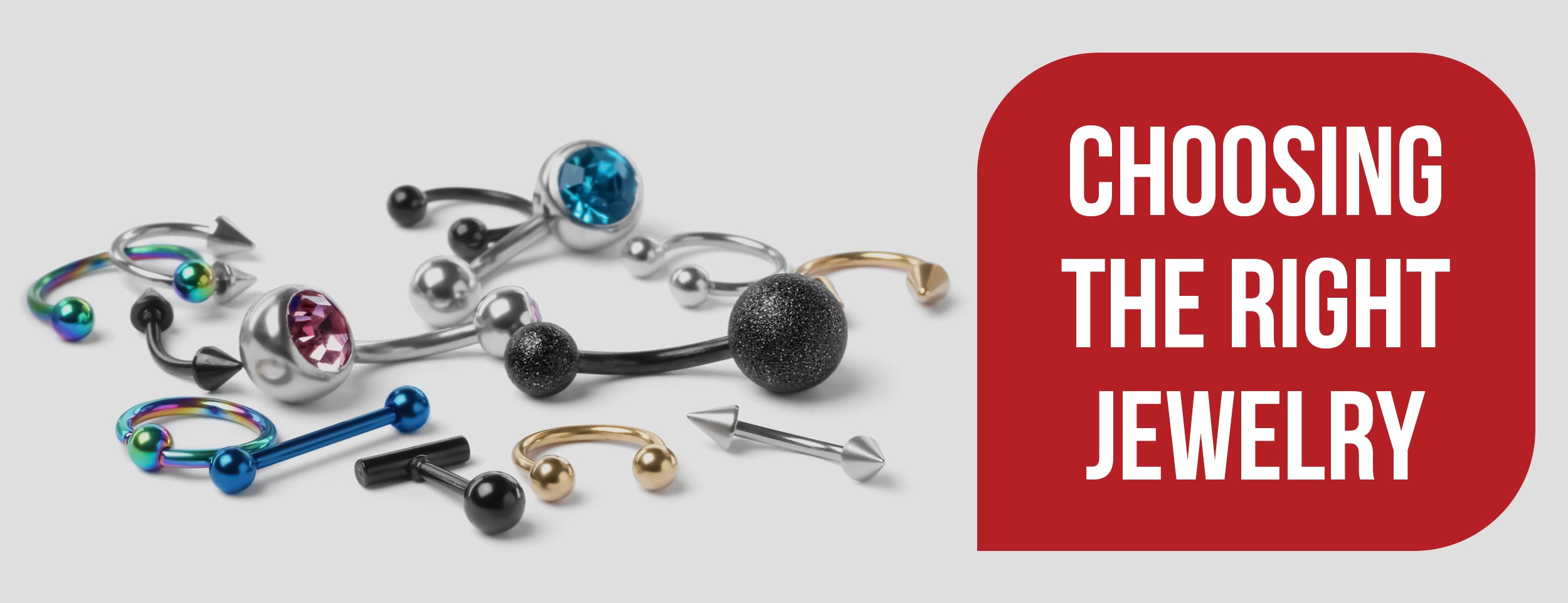
If you keep your piercing, you'll want jewelry that can accommodate your growing belly. Here are a few options:
- Belly button rings made of flexible, hypoallergenic materials are best.
- There are maternity belly rings available, specifically designed to be as comfortable as your belly.
Considering Piercing Removal
It's a common question for moms-to-be: should I take out my belly button piercing or not? The answer depends mainly on your comfort and the nature of your piercing. Here are a few things to remember:
- As your belly stretches, your piercing may become uncomfortable.
- If you experience any redness, swelling, discomfort, or discharge around the piercing, it's time to take it out.
- Even if you're not experiencing discomfort, remove your piercing during ultrasound scans to avoid any issues.

Hygiene And Infection Prevention
Keeping your piercing clean is crucial, especially during pregnancy when your immune system is a little more susceptible. Here's how to keep it infection-free:
- Warm water and mild soap should clean the area daily. Avoid harsh skin care products such as alcohol and hydrogen peroxide.
- If you detect any signs of infection, notify your healthcare provider immediately.
- Always wash your hands before touching your piercing.
Conclusion
Here's a comprehensive look at how pregnancy affects belly button piercings. By understanding the physical changes your body undergoes, especially in the abdominal area, you can expect how your piercing may be affected.
We've gathered insights from professionals and women with firsthand experience to provide a well-rounded view.
Remember, every woman's body and pregnancy is unique. It's important to communicate with your healthcare provider, maintain good hygiene, and choose comfortable and safe jewelry. Embrace your body art during this time without compromising your style. Happy pregnancy journey.

